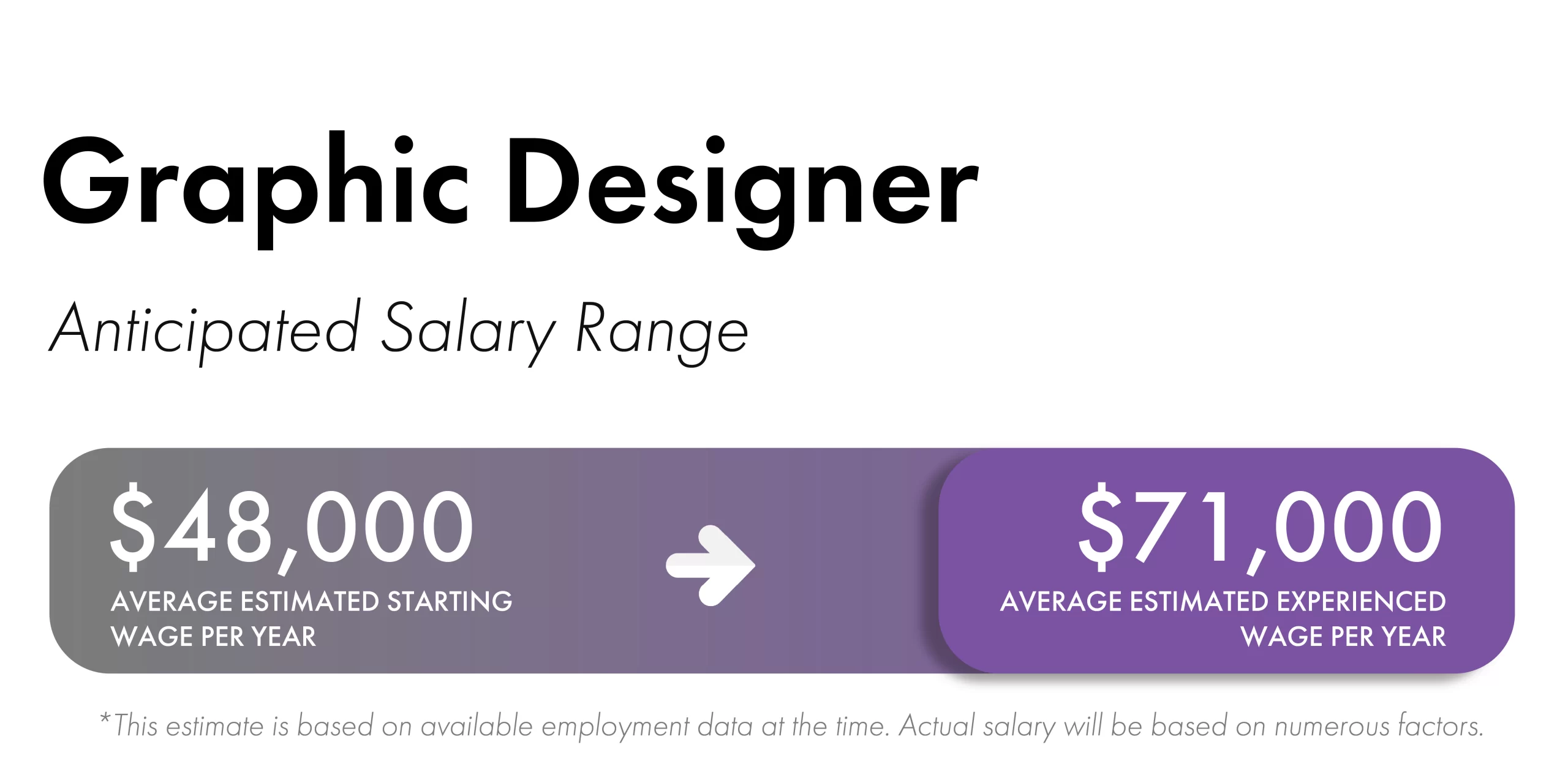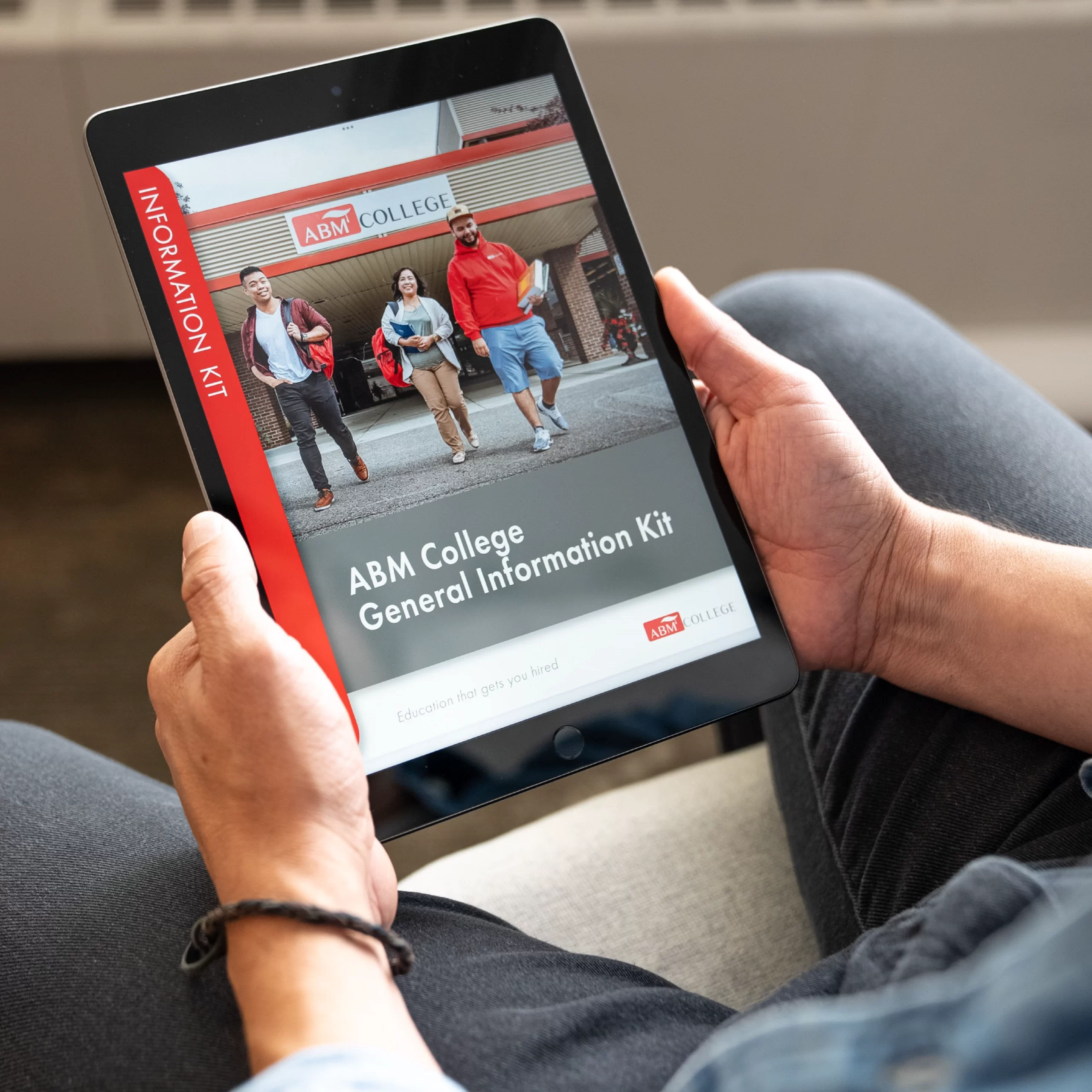Graphic Design Diploma
- Online / In-person / Combination
- 53 WeeksMorning / Evening / Weekend
Graphic Design
Diploma Summary
Launch Your Graphic Design Career with Our Flexible Online Diploma. Imagine turning your creative ideas into impactful visual communication in the digital landscape. ABM College's online Graphic Design Diploma provides the comprehensive training you need, on your schedule. Master essential graphic design principles and gain hands-on experience with the Adobe Creative Suite (Photoshop, InDesign, Illustrator, and more). Create a standout portfolio that demonstrates your skills to future employers. Gain a competitive advantage with a mandatory 4-week practicum, providing real-world work experience before you even graduate.
Our Graphic Design Diploma Program at ABM College focuses on practical application and career readiness. You'll learn to professionally design for diverse opportunities, mastering industry-standard software and combining digital techniques with fundamental art principles. Enroll today and take the first step towards your design career!
Graphic Design
Course Highlights
Course Highlights
- Online classes offer a schedule that fits with your home, work, and other commitments.
- Students will receive a solid foundation in core design areas such as composition, layout, typography, colour, drawing, photography, and business integration.
- Prepare students for a variety of industry experiences to excel in graphic design.
- Students can master their skills with new tools and techniques along with knowledge of the latest graphic design software.
- Students get practicum placement to incorporate their knowledge and skills within a professional setting and to help add work experience to their portfolios.
Career Opportunities
According to the Canadian Job Bank, future job prospects for Graphic Designers over the next three years are highest in Manitoba, Saskatchewan, and the Maritime Provinces.After completing this diploma program, graduates are prepared for roles such as:
- Graphic Designer
- Production / Layout Artist
- Multimedia Designer
- Illustrator / Animator
- Art Director
- Multimedia Content Creator
Salary Range
According to Job Bank Canada, the median wage of a Graphic Designer is $30.00/hr, which varies from province to province. The average estimated starting wage per year is $48,000, whereas the average estimated experienced salary per year is $71,000.
*These estimates are based on available recent data. Actual salaries are based on numerous factors.

Graphic Design Diploma Information Kit

This kit includes important details on the Graphic Design Diploma program at ABM College.
Graphic Design Information Kit
"*" indicates required fields
Course Curriculum
Admissions Requirements

Student Recommendations of ABM College


